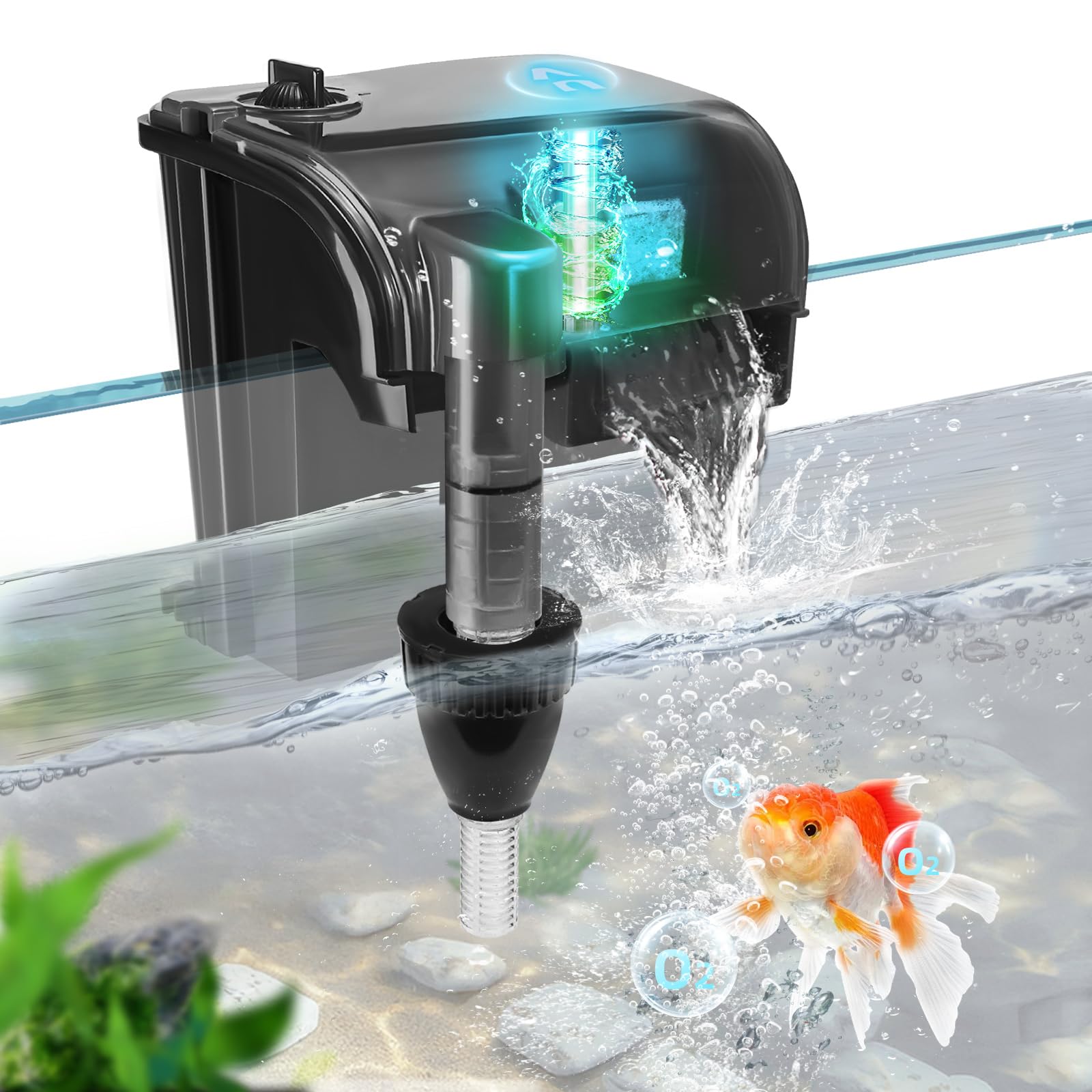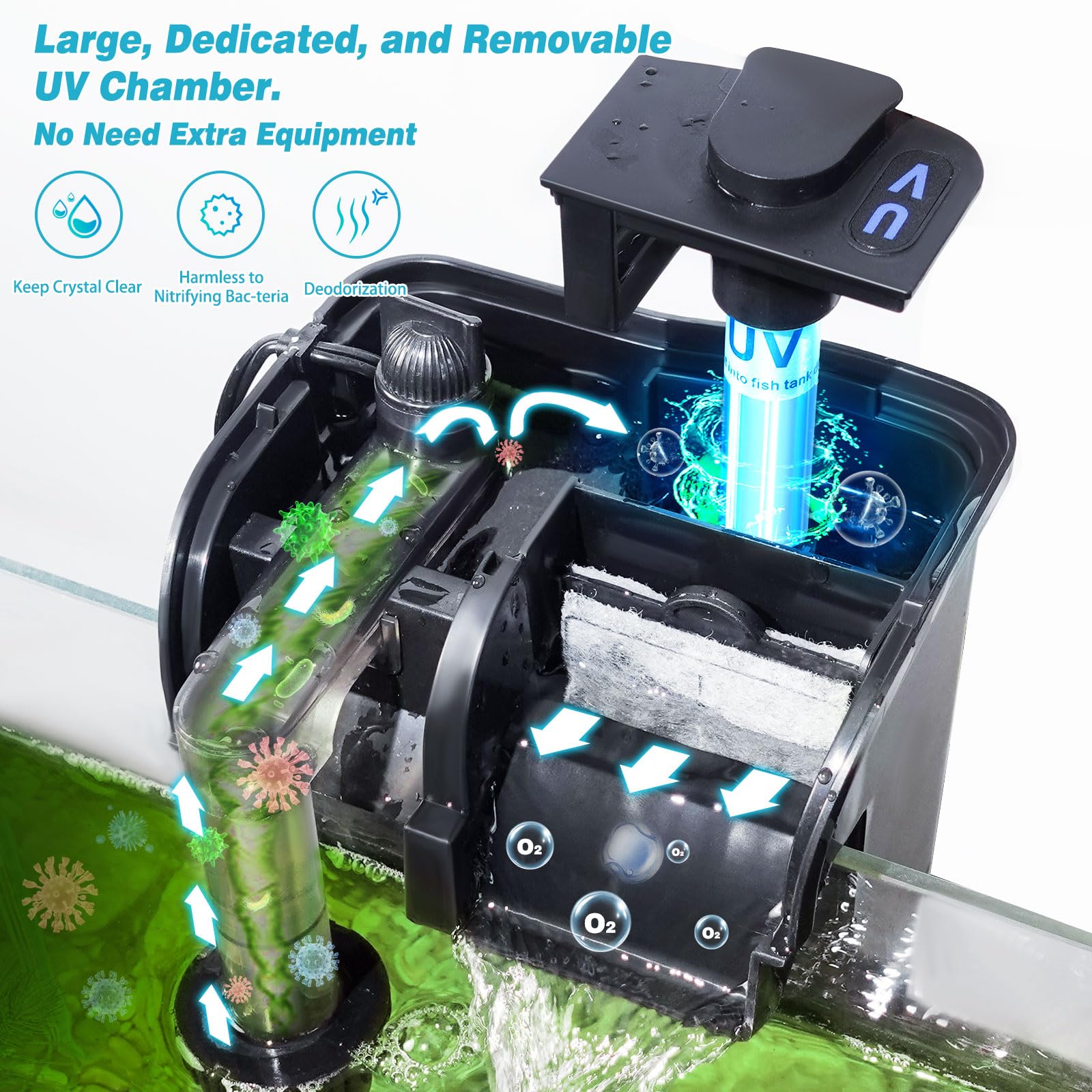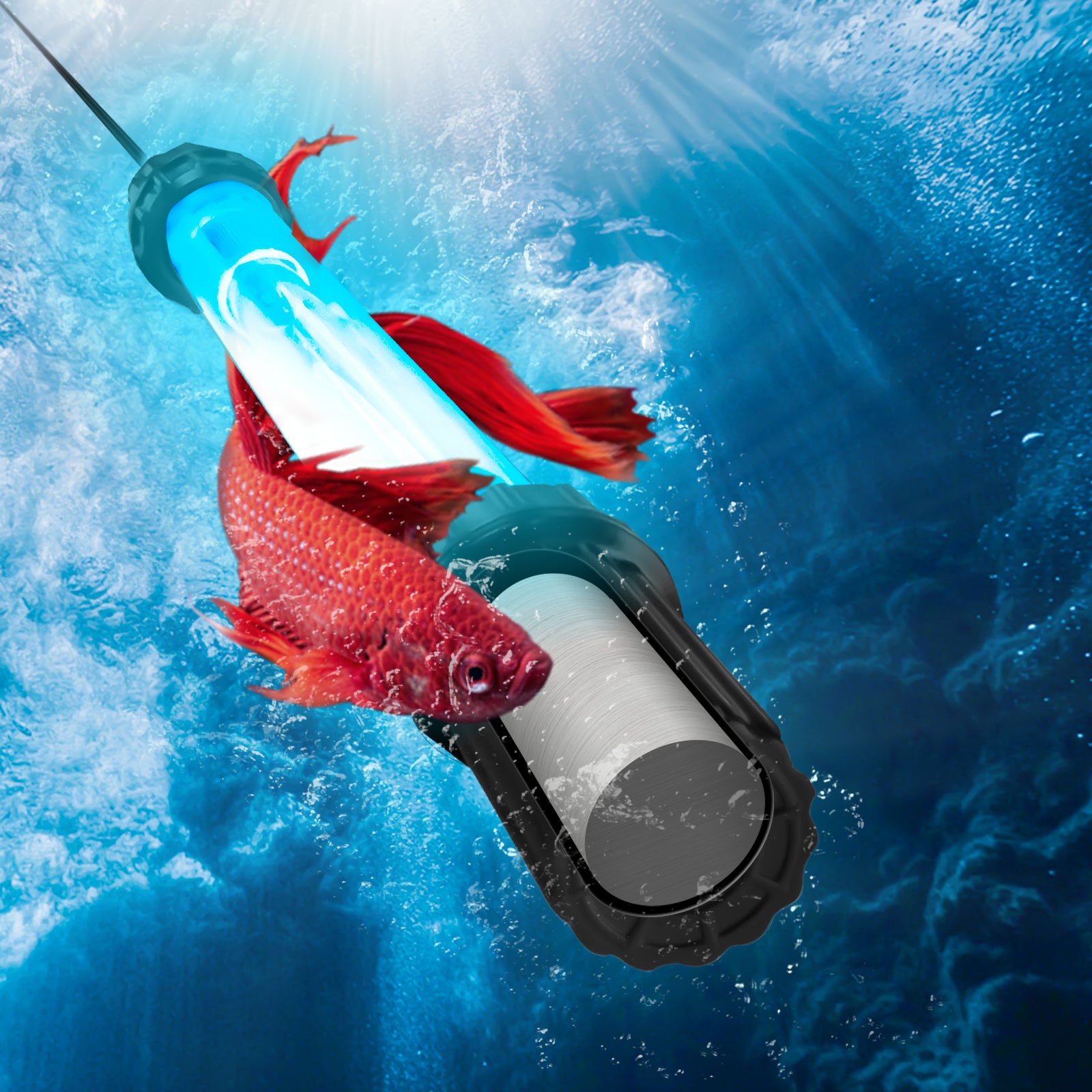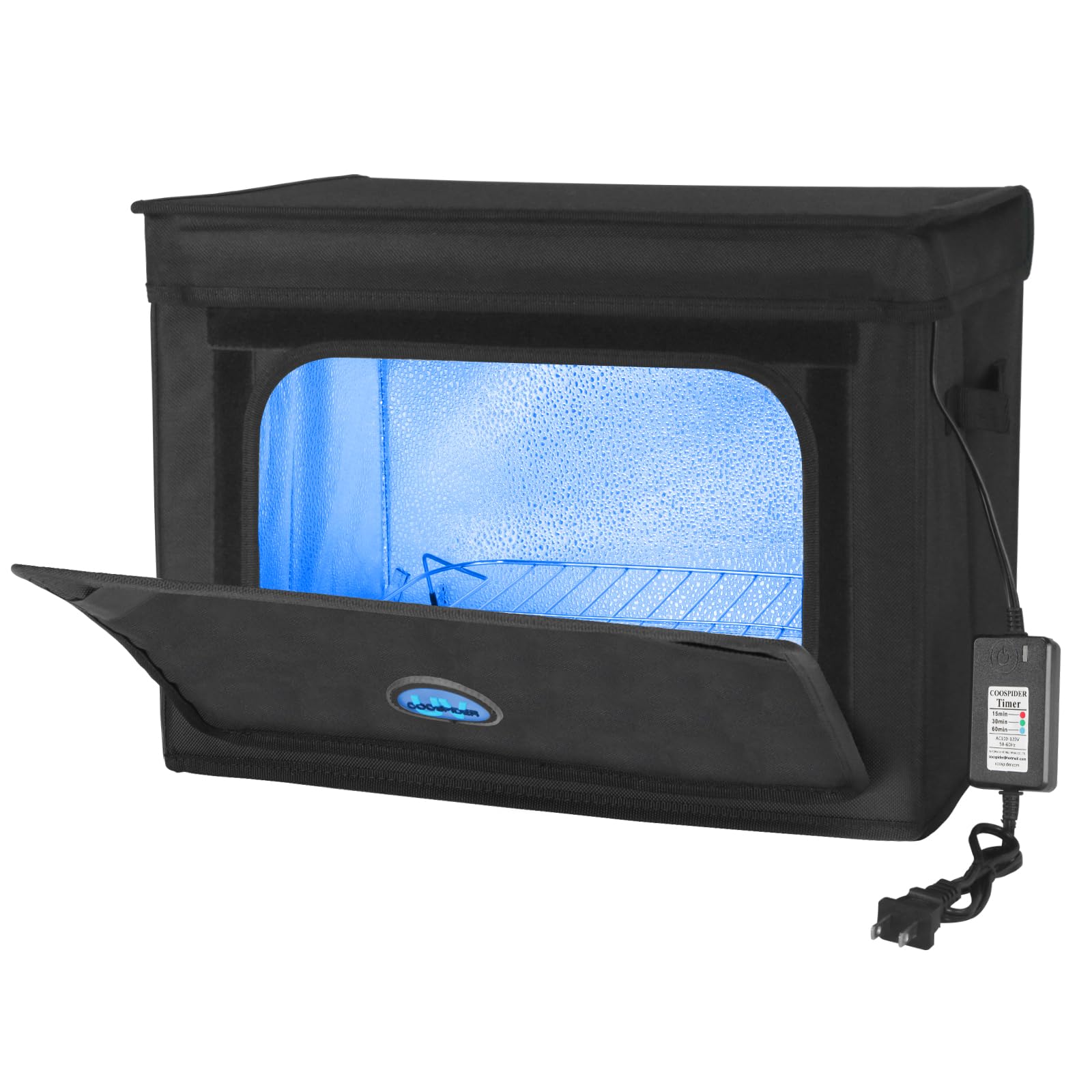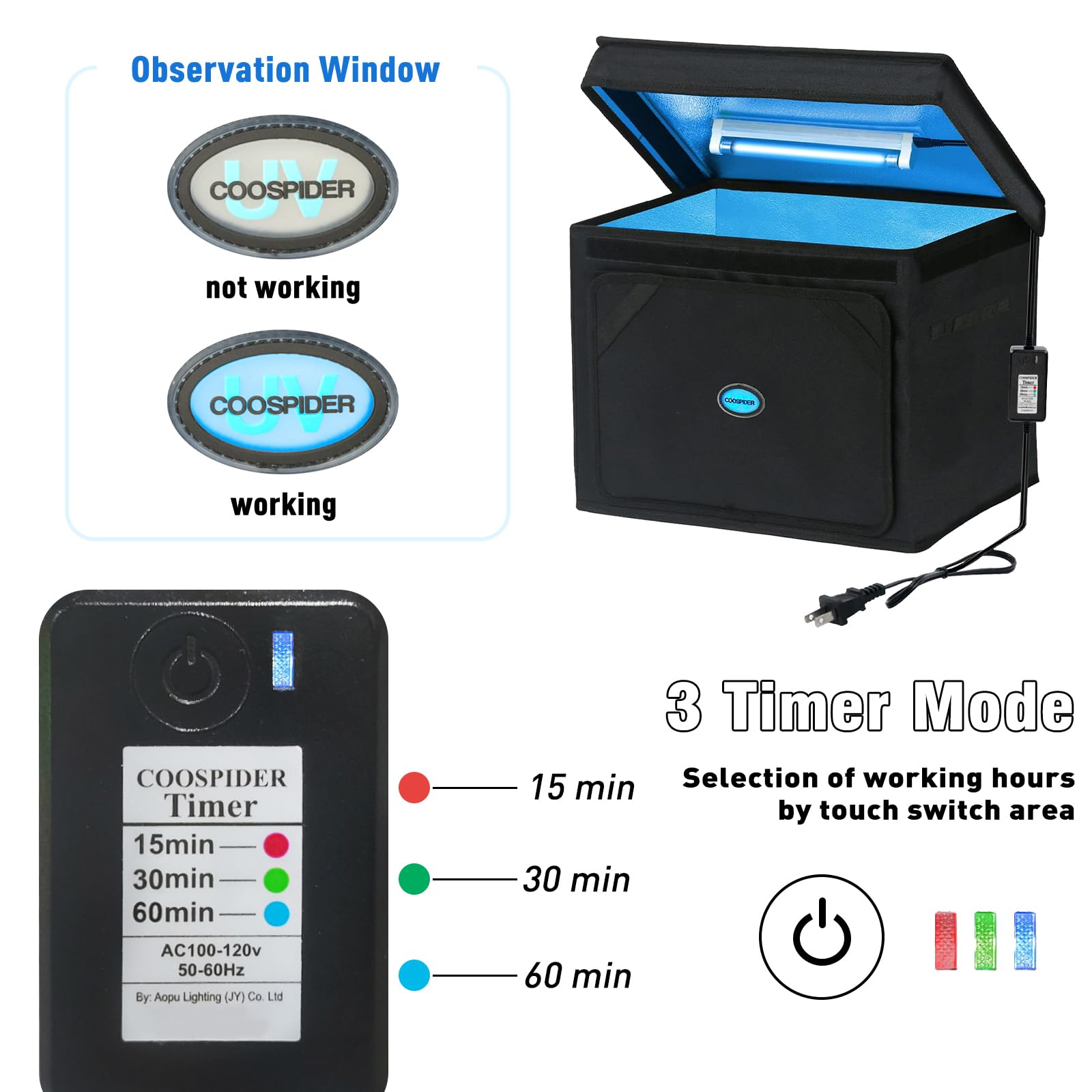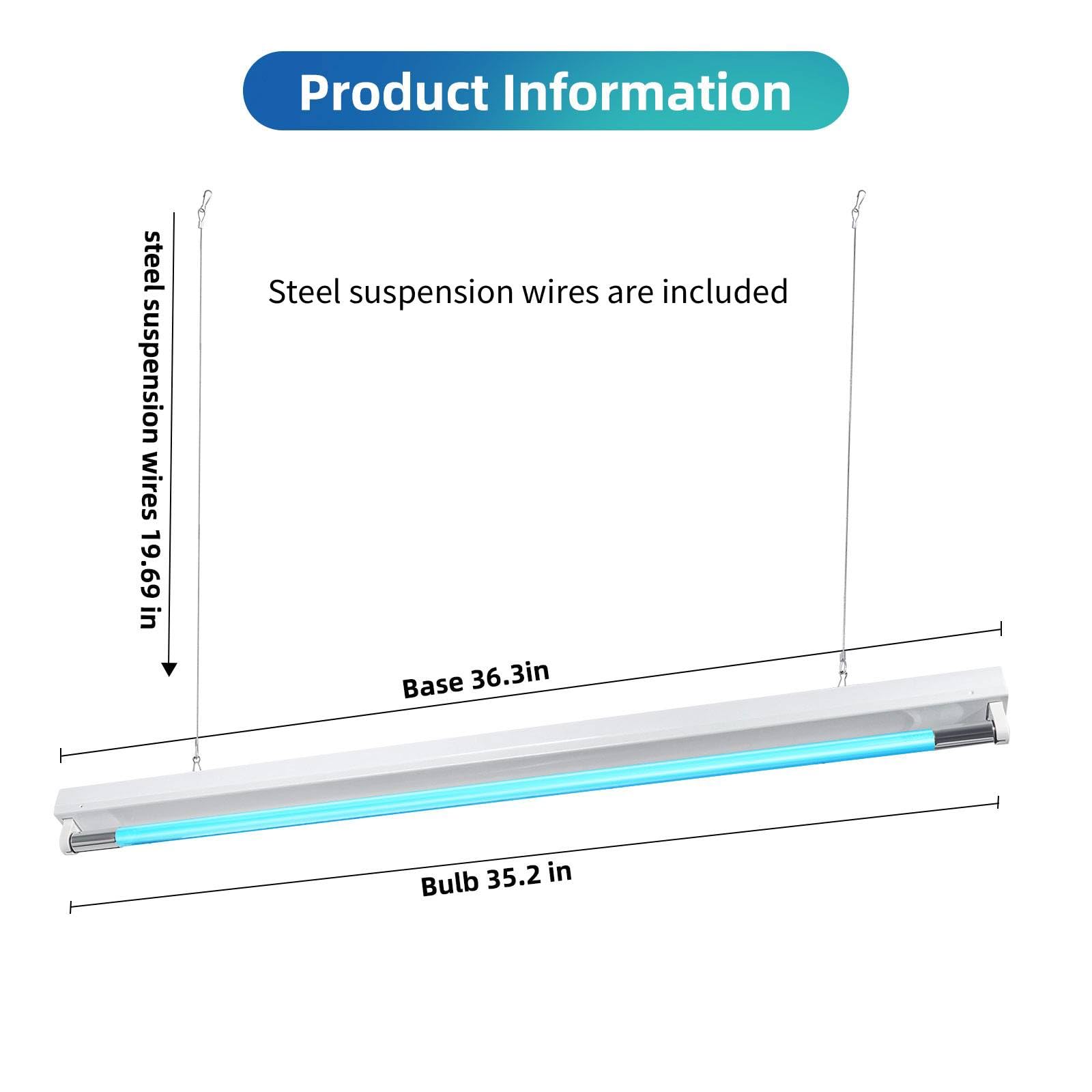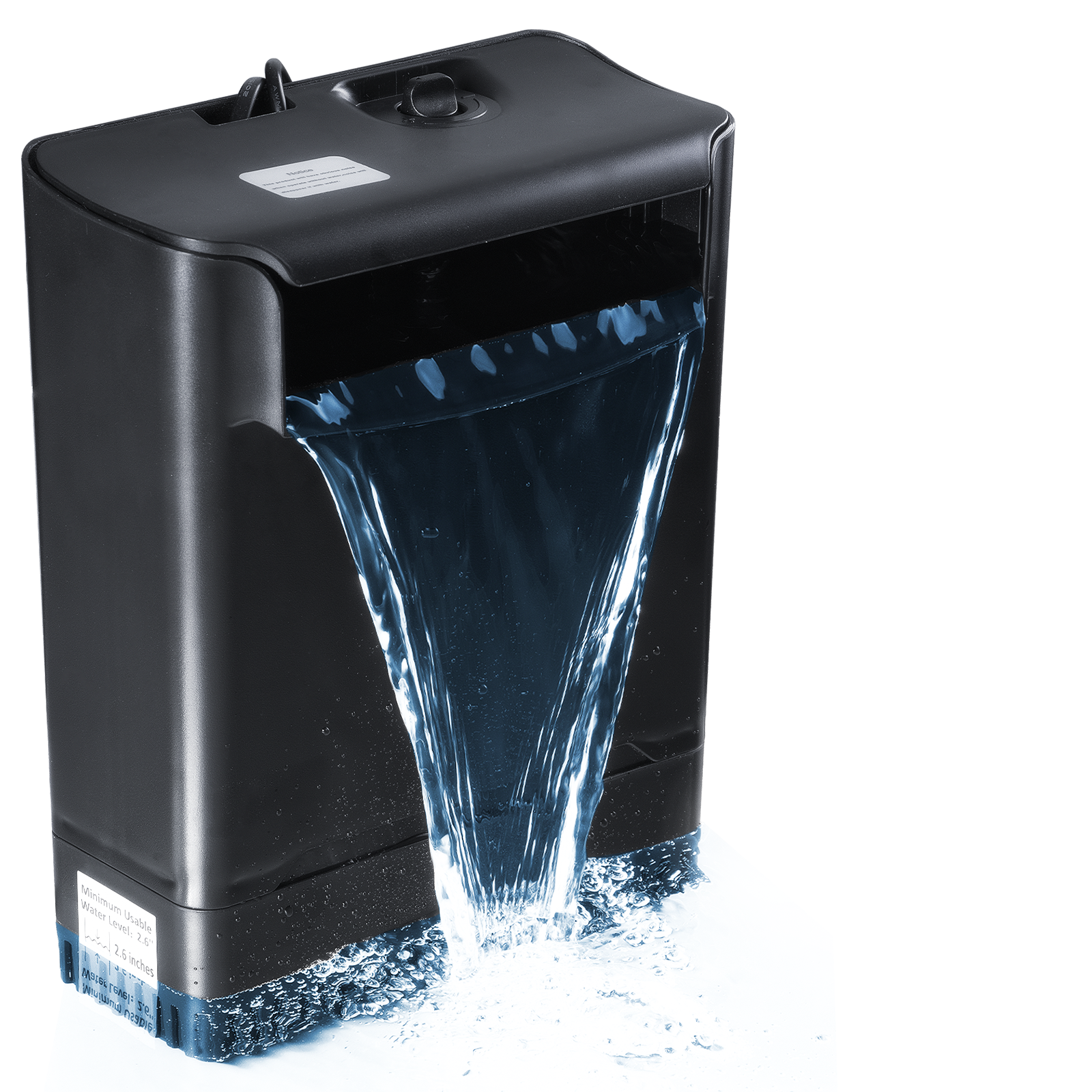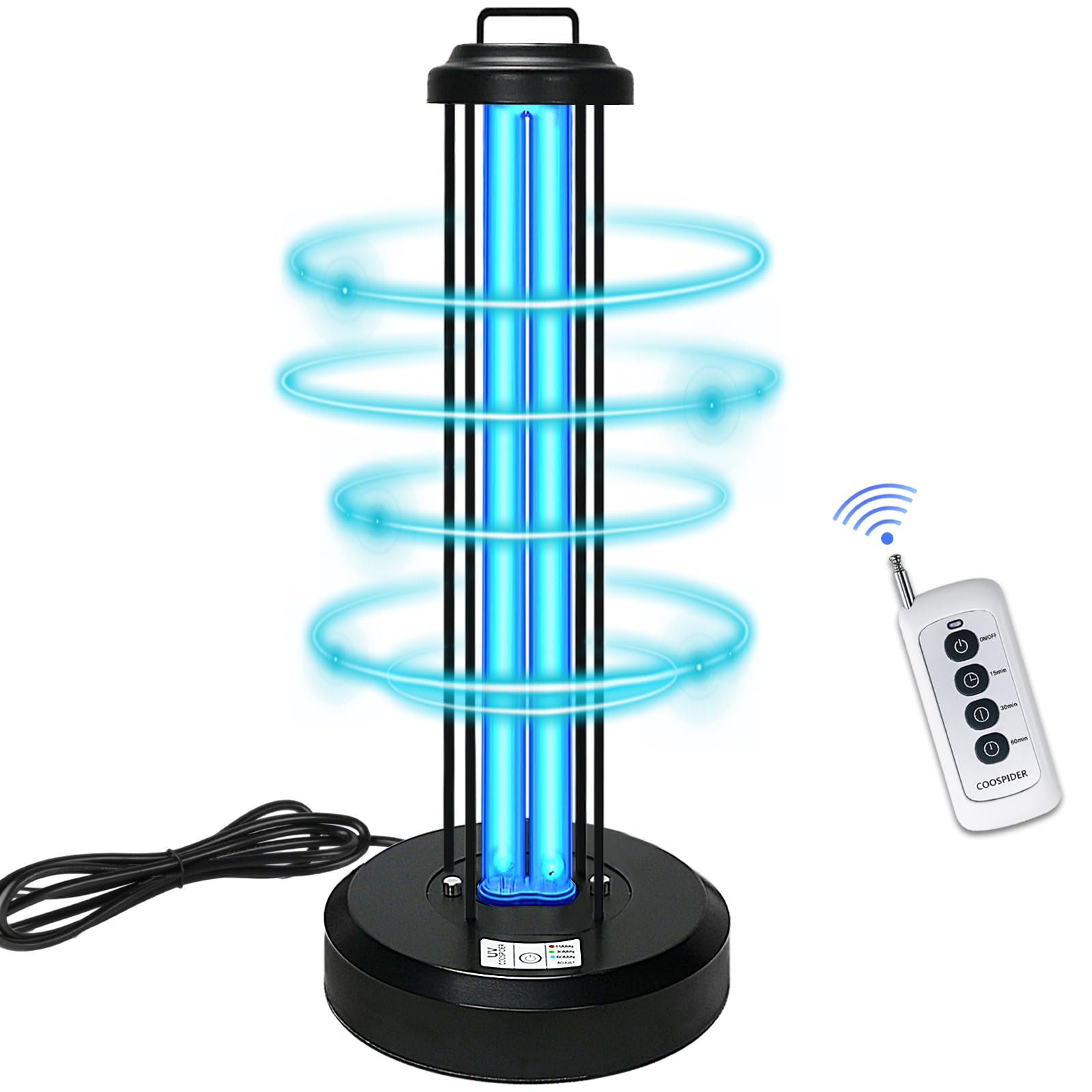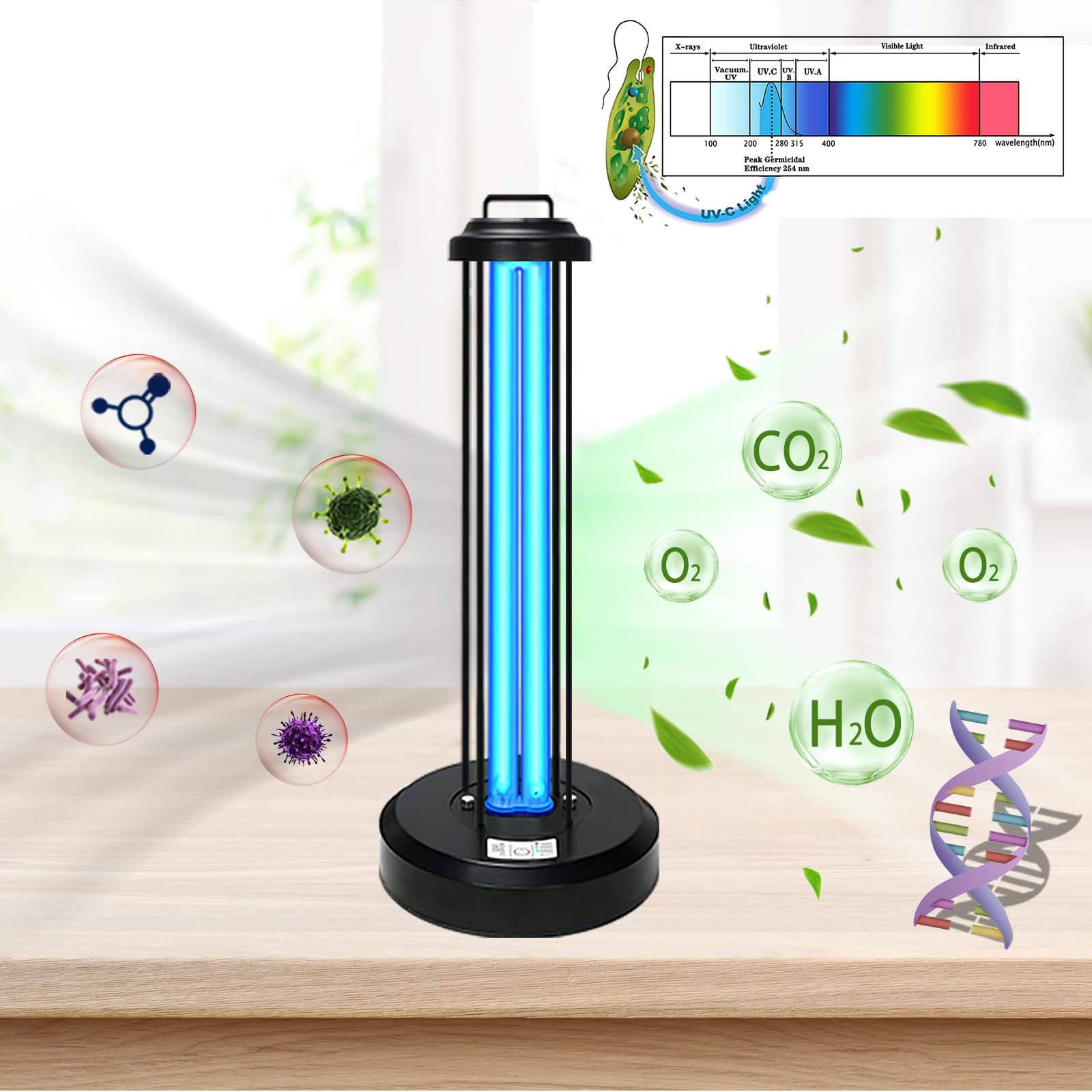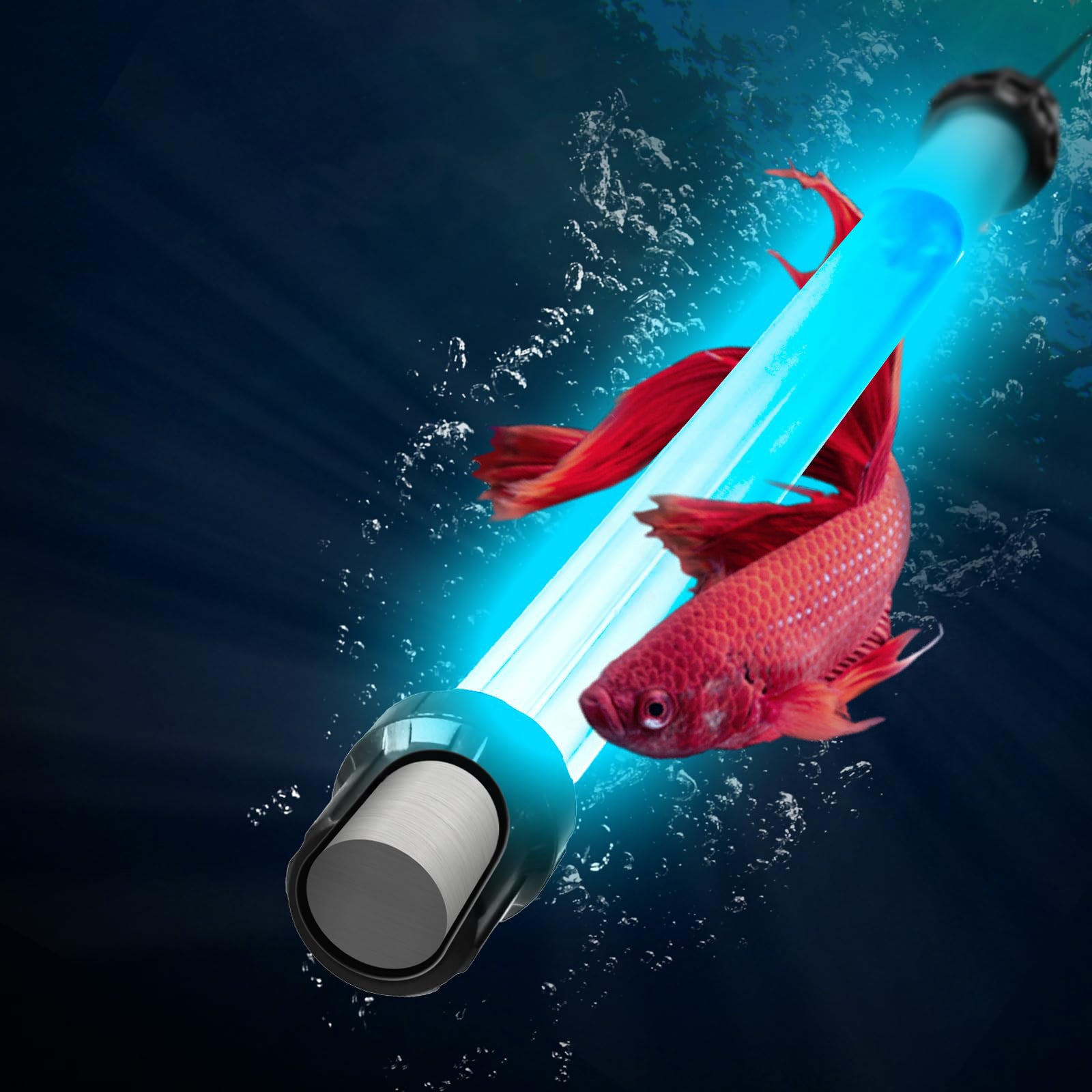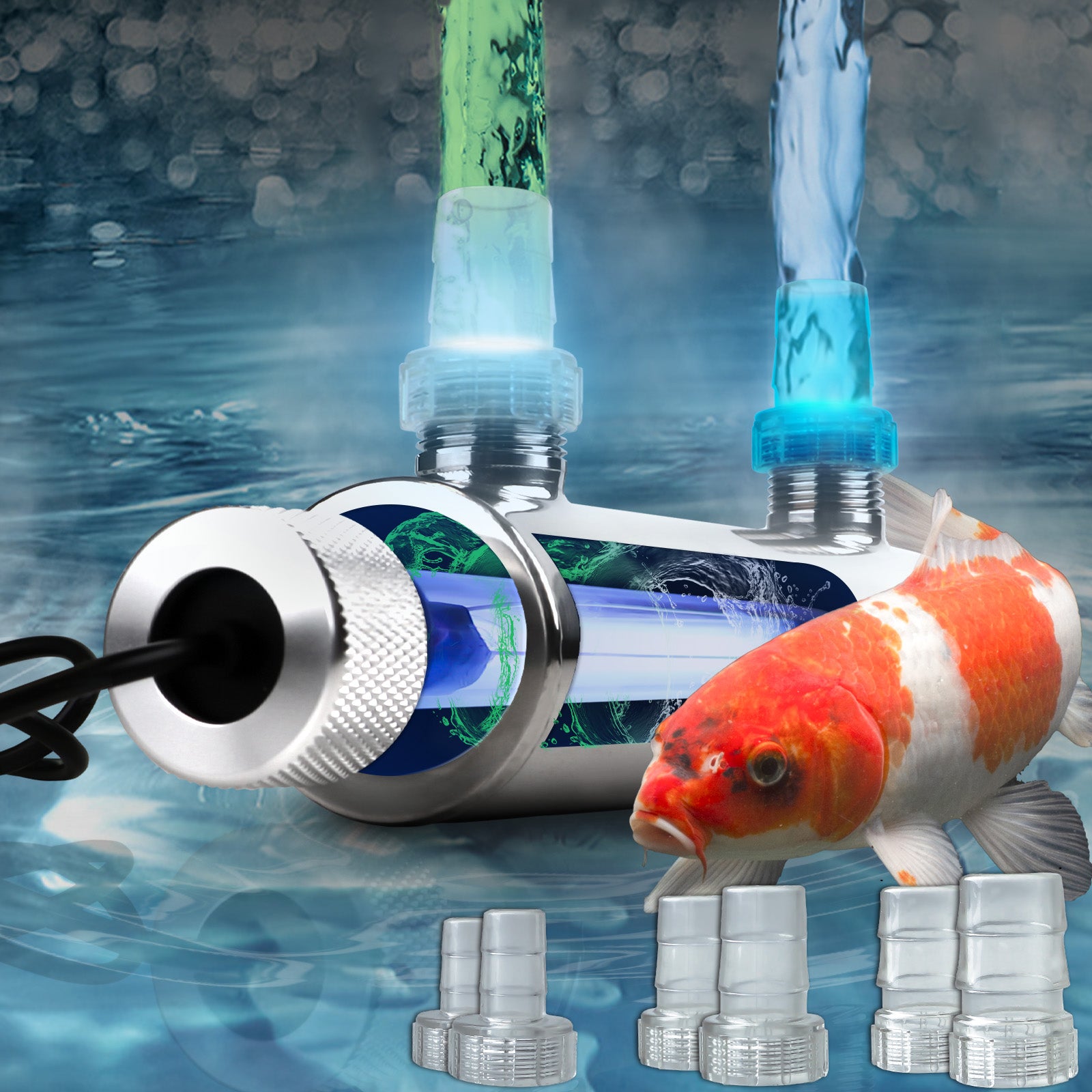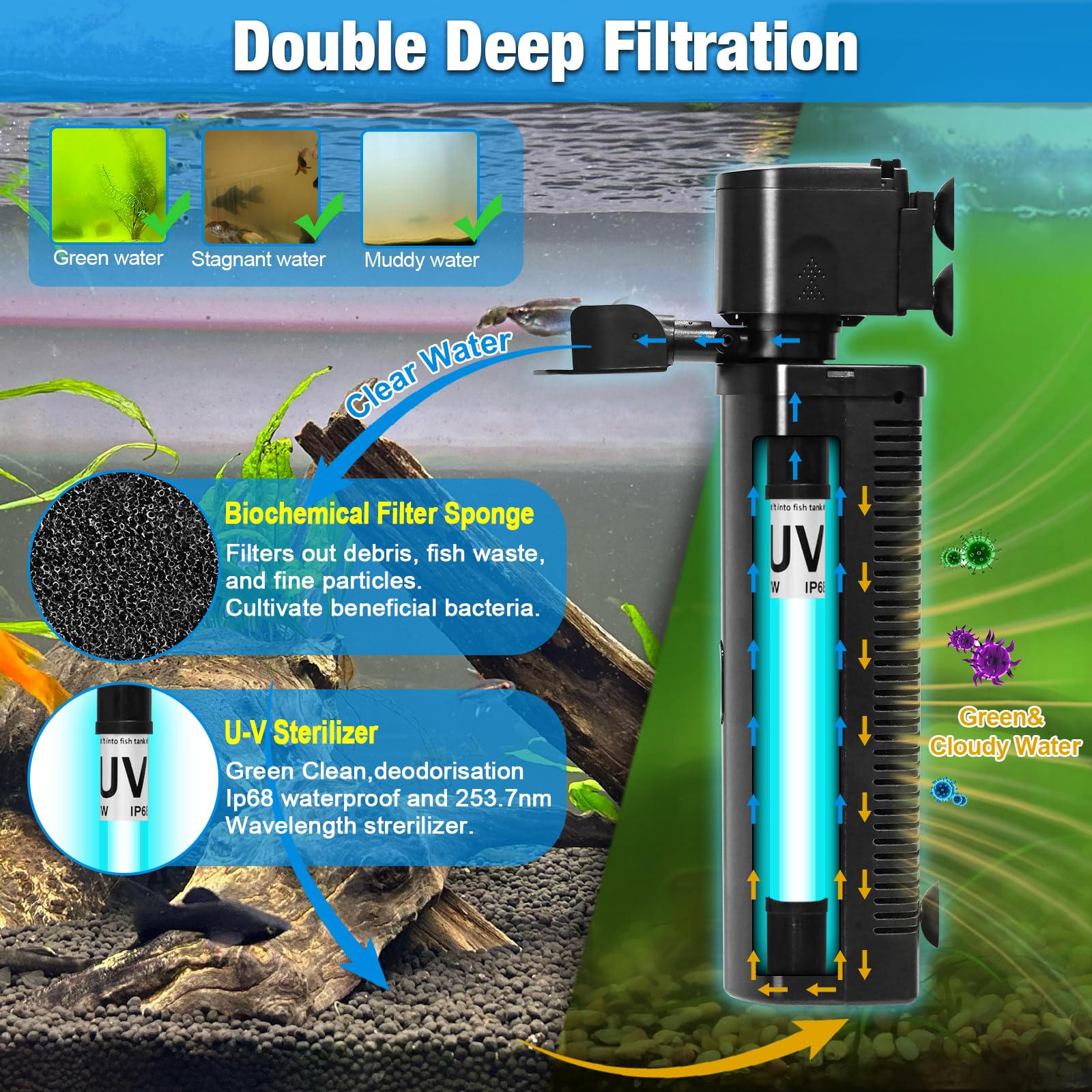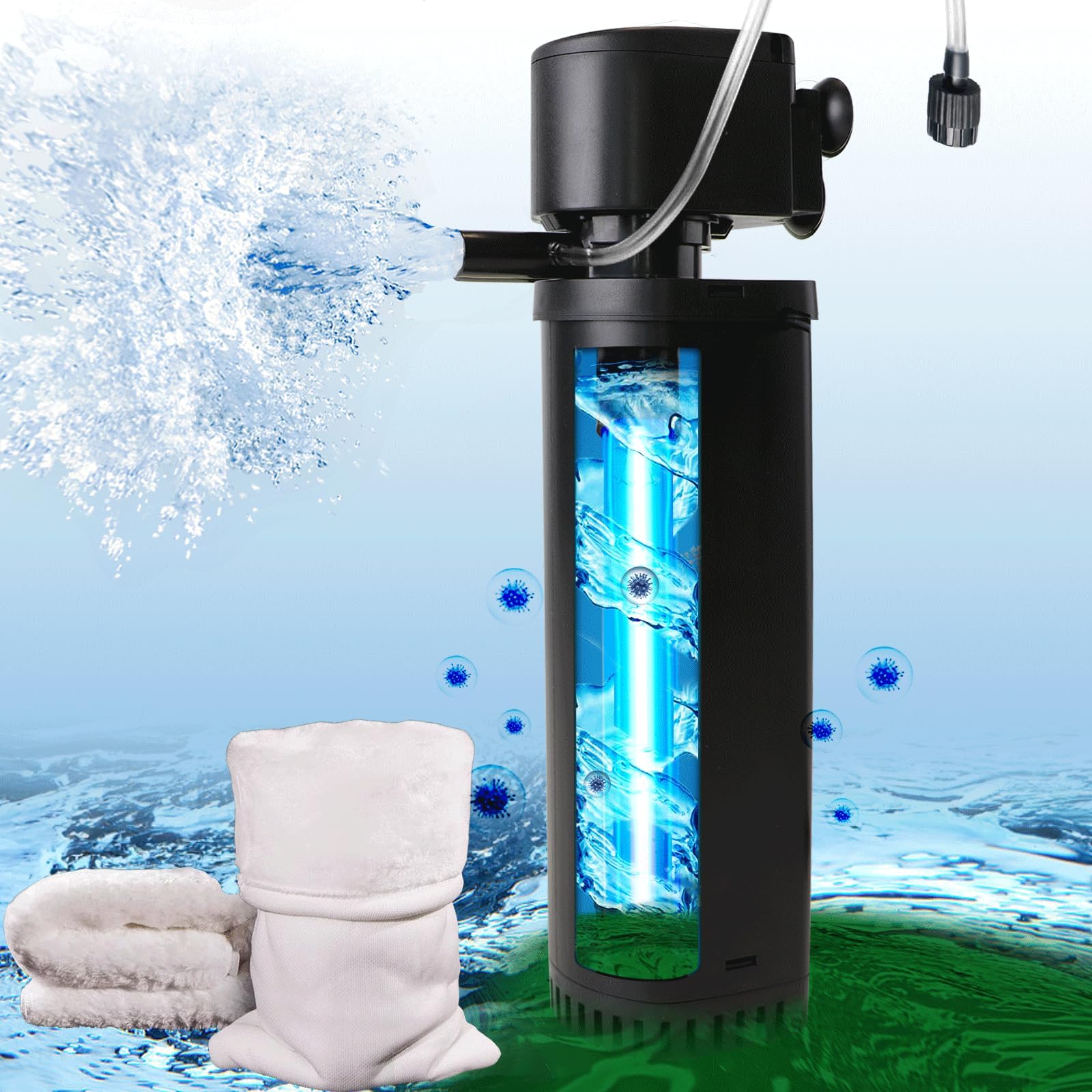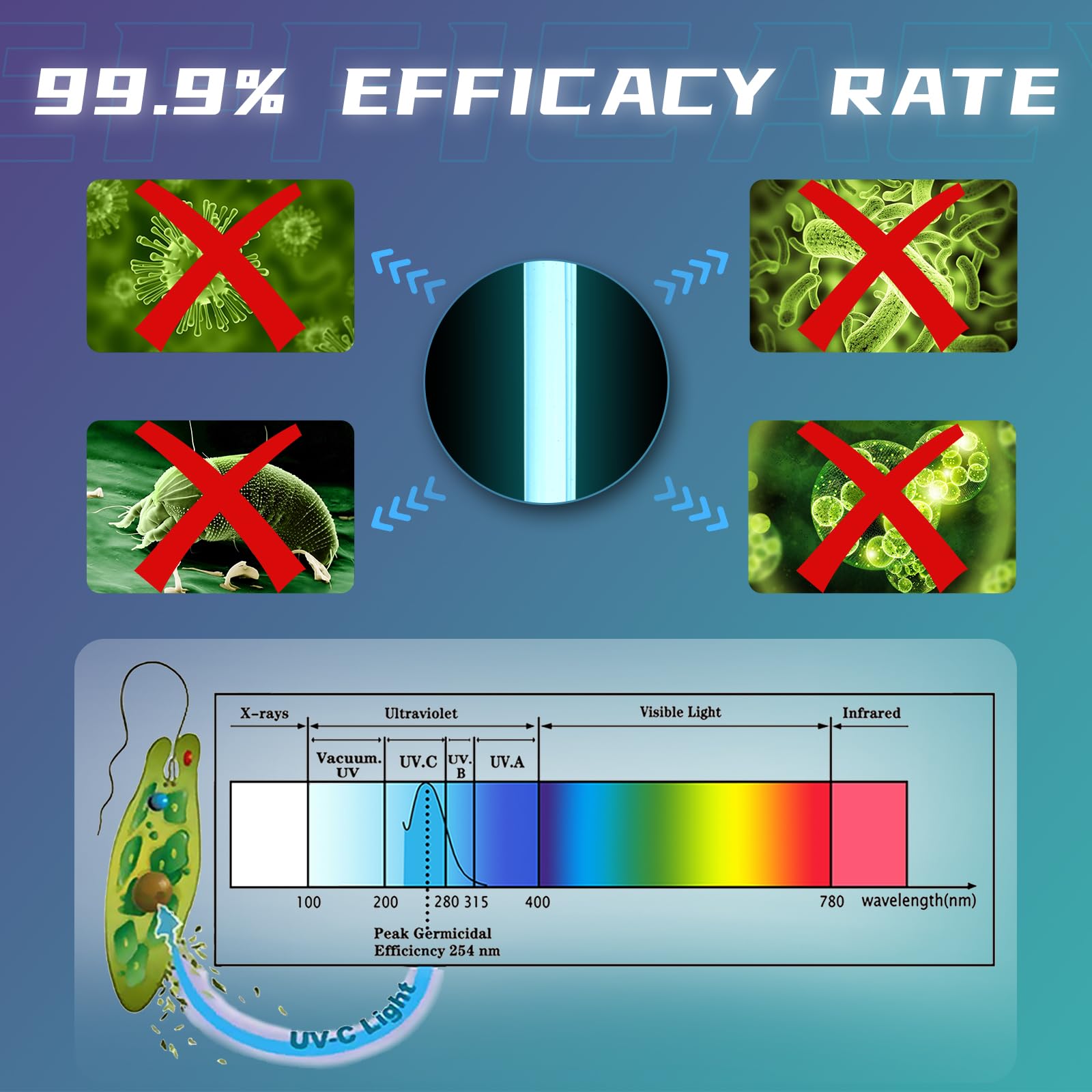Discovered by William Herschel in 1800, infrared (IR) radiation occupies the electromagnetic spectrum between visible light and microwaves (wavelengths: 700 nm to 1 mm). Though invisible to the human eye, this "thermal radiation" drives innovations across industries—from night vision goggles to climate change research. This blog explores IR's physics, technological implementations, and future frontiers.
I. The Science Behind Infrared
1.1 Infrared Subcategories
-
Near-IR (0.7–1.4 μm): Used in fiber optics and biomedical imaging.
-
Mid-IR (3–8 μm): Essential for chemical analysis (e.g., pollution monitoring).
-
Far-IR (15–1000 μm): Applied in astronomy and thermal cameras.
Case Study: NASA’s James Webb Space Telescope uses far-IR to observe primordial galaxies.
II. Key Application Areas
2.1 Military & Defense
-
Night Vision: Image intensifiers amplify near-IR for low-light combat.
-
Heat-Seeking Missiles: Detect mid-IR signatures from aircraft engines.
2.2 Healthcare
-
Thermography: Diagnoses circulatory disorders via skin temperature mapping.
-
Photobiomodulation: Near-IR lasers accelerate wound healing (FDA-approved).
2.3 Industrial & Environmental
-
Predictive Maintenance: IR cameras spot overheating machinery.
-
Gas Leak Detection: Mid-IR sensors identify methane leaks (e.g., oil pipelines).
Data Point: FLIR Systems reports 12% annual growth in industrial IR camera sales.
III. Emerging Innovations
3.1 Quantum IR Sensors
-
Enable single-photon detection for ultra-secure communication.
3.2 AgriTech
-
Drones with multispectral IR cameras monitor crop health.
Conclusion
From saving lives in hospitals to securing borders, infrared technology proves that what we can’t see often matters most. As AI and miniaturization advance, IR applications will further blur the line between science fiction and reality.
Further Reading: Handbook of Infrared Detection Technologies (Elsevier, 2024).


